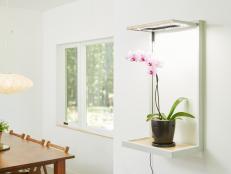Tropical Flowers and Plants
Groom an equatorial paradise in your own backyard with tropical flowers and palms that thrive in heat and humidity.
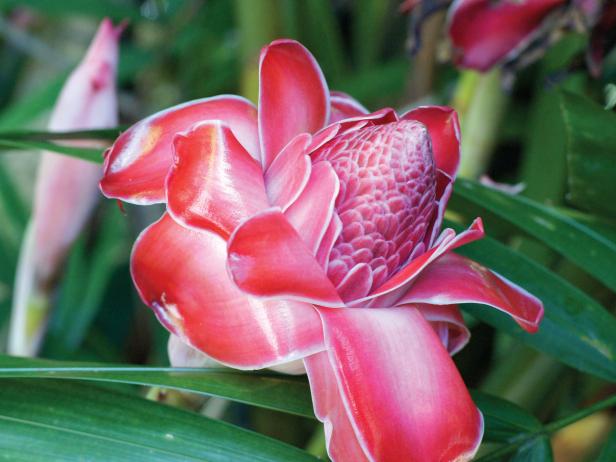
Image courtesy of Sam Henderson
Beat the heat this summer by relaxing in your own garden escape, stocked with tropical flowers and flamboyant foliage. Tropical plants sizzle with color as the temperature soars, and if you’re willing to keep soil moist, you can witness explosive growth. Tropical palms, banana plants, elephant ears—with the right foliage plant choices, you can cultivate the look of a tropical resort.
In most of the country, tropical flowers are one-season wonders, staging a stunning show all summer long and fading at the first fall frost. In the warmest regions these easy-growing beauties can hold their own through winter chill, but if temperatures take a nosedive below freezing, all bets are off. Tropical flowering plants grow best when summer heat and humidity arrive. The weather that sends you seeking shelter indoors makes tropical flowers grow like gangbusters.
One tropical flower that won’t disappoint is Chinese hibiscus (Hibiscus rosa-sinensis), with its calypso colors flowers. Hummingbirds and butterflies can’t resist these blooms, which last for a day. Look for standard or topiary types for a true vacation paradise feel. Princess flower (Tibouchina urvilleana) will quickly win your heart with its deep purple blossoms and striking foliage. This is another tropical flower that’s typically sold in containers as a standard. It’s worth every penny.
Take caution with some tropical flowers, because they do have poisonous qualities. Angel’s trumpet (Brugmansia spp.) can't be beat when it comes to fragrance and exotic appearance, with its elephant skin-trunk and dangling bell-shaped blossoms. All parts of the plant are poisonous if consumed, and some municipalities have banned it. Check with your local authorities to be sure you can grow it. These beauties are pricey (think $20 for a quart pot), but they grow fast. Start small and savor the show.
Oleander (Nerium oleander) is another tropical flower star with poisonous potential. All parts are poisonous if eaten. This plant can hold its own as a tropical hedge in a planting bed and also makes a striking potted plant. For vining beauty, consider mandevilla or bougainvillea. Both of these tropical flowers hail from rainforest locales and, thanks to plant breeding efforts, come in a variety of forms and blossom colors. Mandevilla is poisonous; bougainvillea is not, but some selections have spiney stems.
Include tropical palms in your south-of-the-border scene. Palm availability may vary by region, but seek out lady palm (Rhapis excelsa) and fishtail palm (Caryota spp.) for stunning foliage. Chinese windmill palm (Trachycarpus fortunei) and cabbage palm (Sabal palmetto) also bring classic tropical palm beauty to any backyard setting.
Tuck tropical flowers and palms into containers or planting beds. In more northerly regions, most tropical plants can withstand full sun. Afternoon shade may be necessary in southern, desert or high mountain locations. For best growth, provide abundant soil moisture.
Tropical flowers and plants typically have gigantic appetites. Adding well-rotted compost to soil can help alleviate the hunger, but you won’t go wrong top dressing with slow-release fertilizer around July 4. In containers, you might want to pair slow-release fertilizers with water-soluble ones, especially if foliage shows signs of nitrogen deficiency, such as yellowing.
Tropical palms need specific palm fertilizer that contains certain micronutrients. Do you homework on this one to avoid having problem-plagued palms, especially in the landscape. For tropical flowers, slip plants in pots a bloom booster fertilizer to keep blossoms coming all season long.







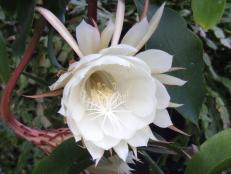

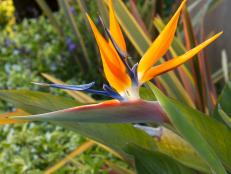
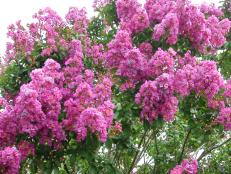
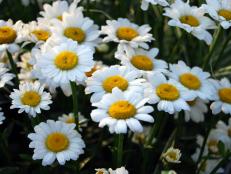
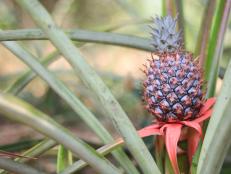
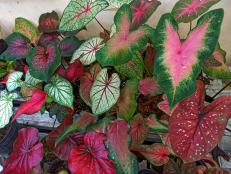
![Homegrown variety of winter squash. Homegrown winter squash. 195956_3603429601142_787136137_n[2].jpg](http://hgtvhome.sndimg.com/content/dam/images/grdn/fullset/2014/2/7/0/195956-3603429601142-787136137-n-2.jpg.rend.hgtvcom.231.174.suffix/1452646912247.jpeg)

